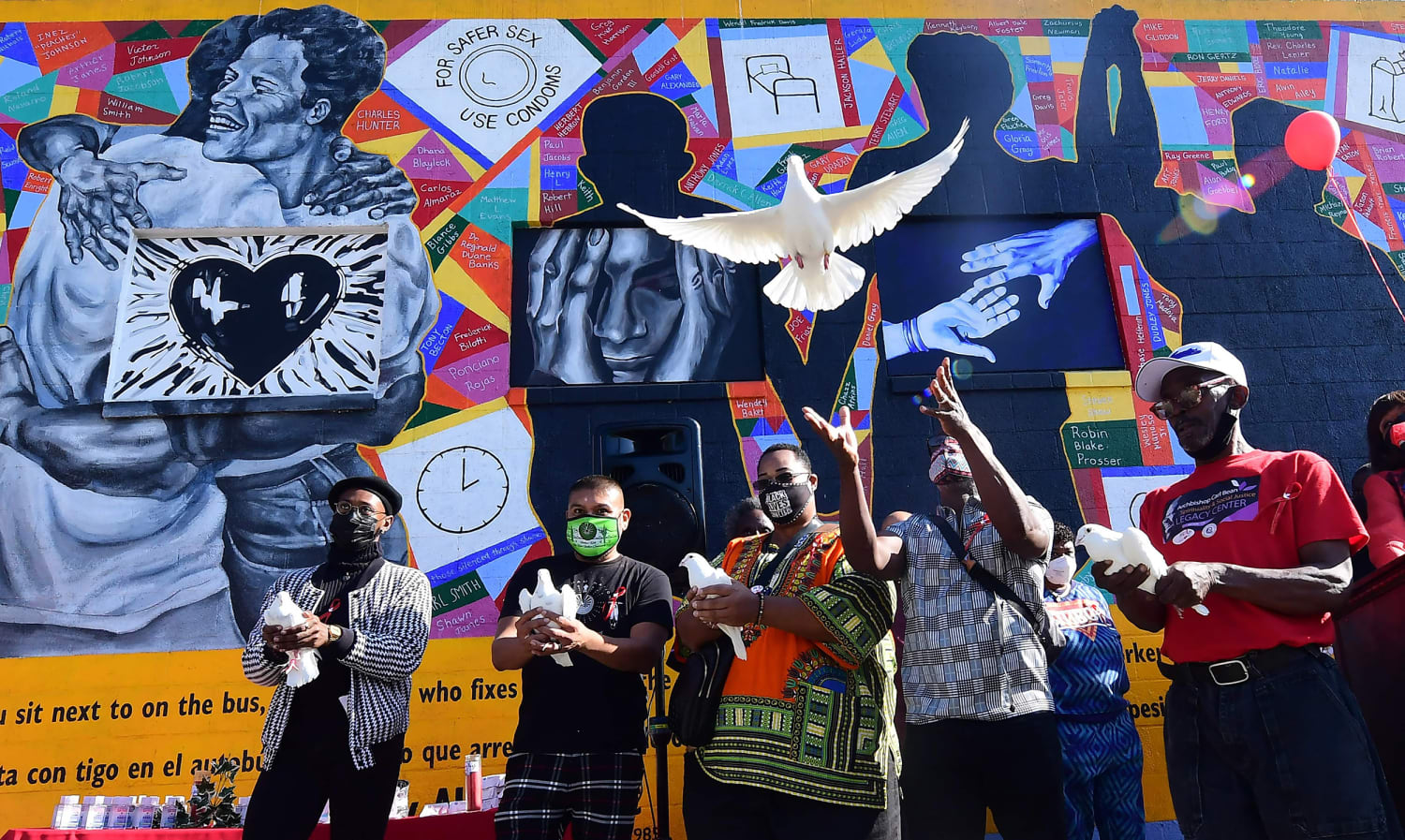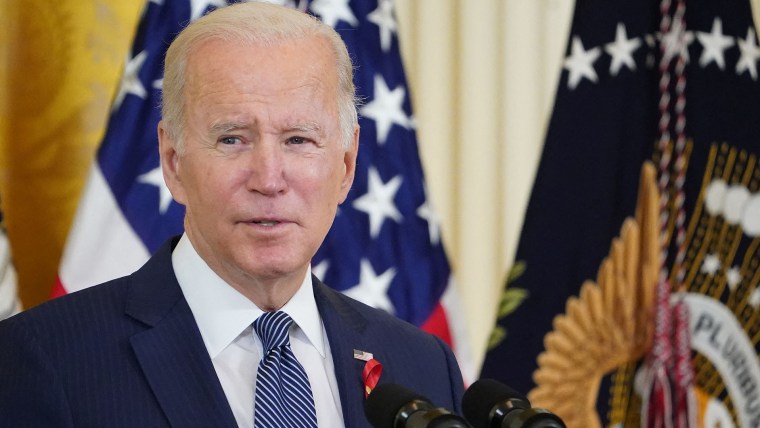The estimated numbers of new HIV infections among gay and bisexual Black and Latino men have not significantly changed since 2010, according to a Centers for Disease Control and Prevention report published Tuesday.
The number of infections have declined among gay and bisexual men overall, but the report found that infections did not decline significantly among Black and Latino men. The report also found that use of treatment and prevention methods was less widespread among Black, Latino and younger men.
The study, which used data from the National HIV Surveillance System, analyzed data among an estimated 692,900 men who have sex with men who had HIV in 2019. While 90 percent of white men with HIV received a diagnosis in the year since they contracted the virus, only 83 percent of Black men and 80 percent of Latino men with HIV had received a diagnosis within that first year.
Black people make up the highest proportion of new HIV diagnoses and people living with HIV in the U.S., compared to people of other races and ethnic groups. According to 2018 CDC data, although Black people only made up 13 percent of the U.S. population, they made up 42 percent of new HIV diagnoses. Black women also make up a large portion of HIV diagnoses.
The CDC’s new findings reveal an increased inaccessibility to HIV health services, particularly in Black and Latino communities. To reduce infections, the CDC said efforts must “address their root causes, including systemic racism, stigma, discrimination, homophobia, poverty, homelessness, and unequal access to care and prevention services.” The report also suggested scaling up strategies and approaches supported by the Ryan White HIV/AIDS Program to combat the issue.
In 2019, the U.S. Department of Health and Human Services launched “Ending the HIV Epidemic in the U.S.,” a plan that aims to reduce the number of new HIV infections by 90 percent by 2030.
Timed with World AIDS Day on Wednesday, the Biden administration announced new commitments, including a “National HIV/AIDS Strategy,” to ending the HIV epidemic. The goals include preventing new HIV infections, improving HIV-related health outcomes of people with the virus and reducing HIV disparities and health inequities, among others. President Joe Biden has also implemented related initiatives since taking office, such as re-establishing the White House Office of National AIDS Policy.
Source: | This article originally belongs to Nbcnews.com










